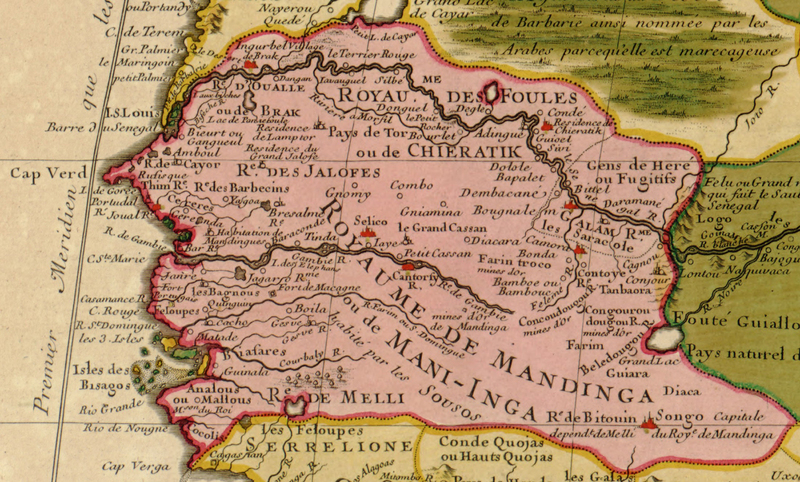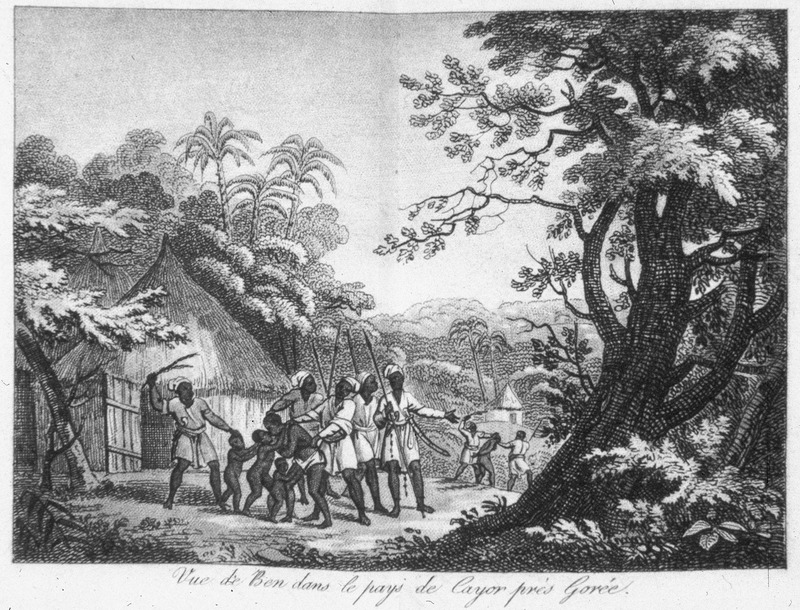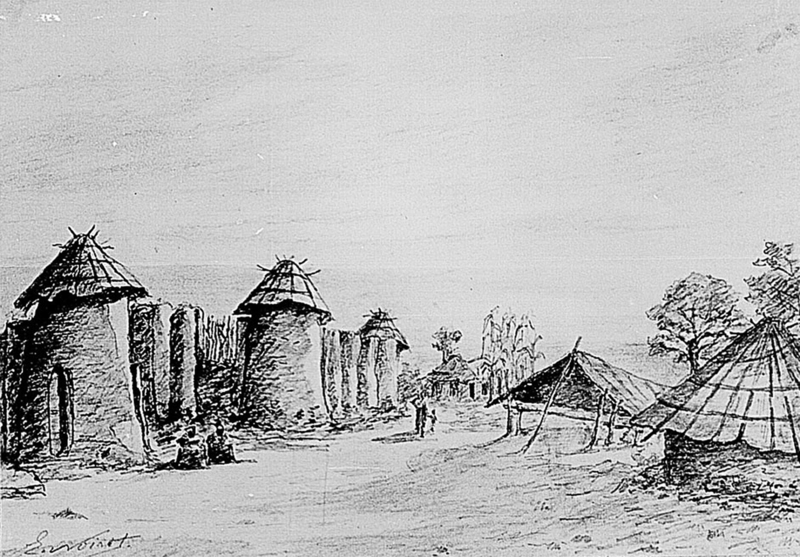Upper Gambia History
Tenda Settlement (<13th Century)
Oral traditions widely agree that the first people to occupy Upper Gambia were the ancestors of contemporary Tenda-speaking peoples, including the Bedik and the Bassari. The earliest written account of these latter comes from the Portuguese explorer Francisco de Lemos Cuelho in the late 17th century. Beyond these few historical clues, we know little about the lifeways of early Tenda societies.
Mande Explansion (13th Century)
As recounted in the eponymous Mande oral epic, Sunjata Keita founded the imperial state of Mali along the upper Niger River around 1235. Sunjata then sent his trusted general Tiramaghan Traore to conquer lands west to the Atlantic Ocean, thus establishing a series of Mande vassal states along the Gambia River. This period also witnessed an expansion of the Jakhanke, a community of Muslim merchants deeply involved in trade through Upper Gambia.
Peul Conquests (15-16th Centuries)
The 15th century was a period of population movement and political upheaval in and beyond Upper Gambia, beginning with a Peul conquest of the Futa Jallon plateau. During the early 16th century, the great Peul warrior Tengela and his son, Koli Tengela, led an army from Futa Jallon north across the Gambia River, where they piled stones to build a fort, and onward to establish a new regime in Futa Toro on the Senegal River. As people periodically joined and left the Tengela campaign, they reshaped ethnic identities and boundaries across the region.
Atlantic Slave Trade (17-19th Centuries)
The growth of Portuguese, French, and British trade along the Atlantic coast fueled new demands for commodities from the interior, including gold, ivory, and, most notoriously, enslaved people. During this period, the Upper Gambia became a haven for diverse people seeking refuge from the slave-raids of neighboring states, such as Wuli and Bundu to the north and Futa Jallon to the south.
Futa Jallon (18-19th Centuries)
Following a jihad in 1725, the Peul established Futa Jallon as a Muslim state that would dominate the region until the French colonial conquest in 1896. The power of Futa Jallon depended, in large part, on the sale and labor of enslaved people, including those captured in raids against non-Muslim communities across Upper Gambia. Many people today remember this process as a series of conflicts with Alfa Yaya, a Peul warlord who ruled the northern province of Futa Jallon in the late 19th century.
French Colonialism (1896-1960)
The French installed a colonial outpost at Kedougou in 1904 to govern some 20,000-30,000 people living in small villages scattered across Upper Gambia. By imposing a series of rules, taxes, and fines, the colonial regime sought to encourage production of cash crops (especially cotton) and extract labor and money from the local populace. In return, the French built a few graded roads and other minor infrastructural projects. Many contemporary villages trace their origins to migration and resettlement during this period.
Republic of Senegal (1960-Present)
The rural landscape of Upper Gambia today lies largely within the Region of Kedougou, an important hub for international trade between Senegal, Mali, and Guinea and ecotourism centered on the Bassari Country and Niokolo-Koba National Park (both UNESCO World Heritage Sites). Meanwhile, regional gold deposits have attracted new industrial mining operations and an influx of migrant labor to work artisanal ones. Tourism has also become an important activity.


